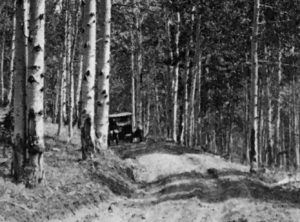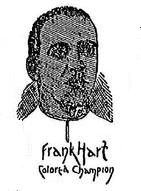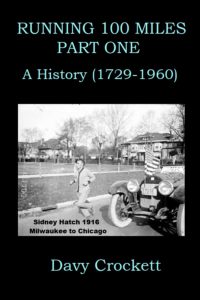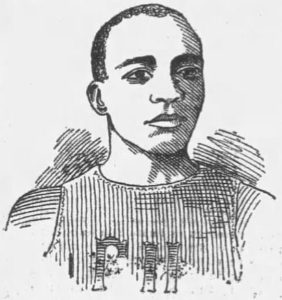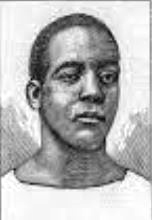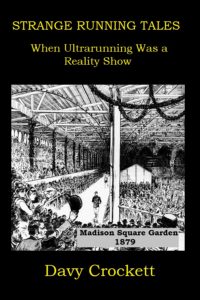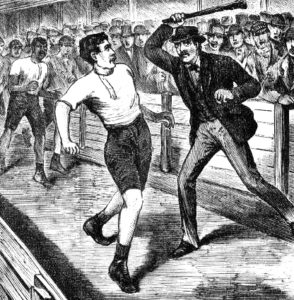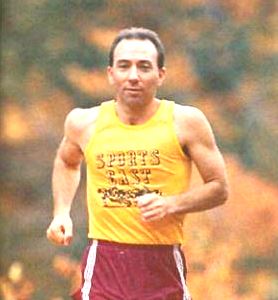Podcast: Play in new window | Download (Duration: 26:55 — 31.2MB)
Subscribe: Apple Podcasts | Google Podcasts | Spotify | Amazon Music | Android | Pandora | iHeartRadio | JioSaavn | Podcast Index | Email | TuneIn | RSS | More


You can read, listen, or watch


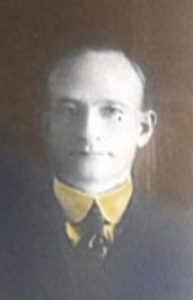

Cureton was also the grandfather of future rim-to-rim record holder, Allyn Carl Cureton (1937-2019). What led Thomas Cureton to make such an impact on the youth of Williams and to introduce them and the citizens of Williams to the joy of crossing the Grand Canyon rim to rim?
| Get Davy Crockett’s new book, Grand Canyon Rim to Rim History. Read more than a century of the history of crossing the Grand Canyon Rim to Rim. 260 pages, 400+ photos. Paperback, hardcover, Kindle, and Audible. |

